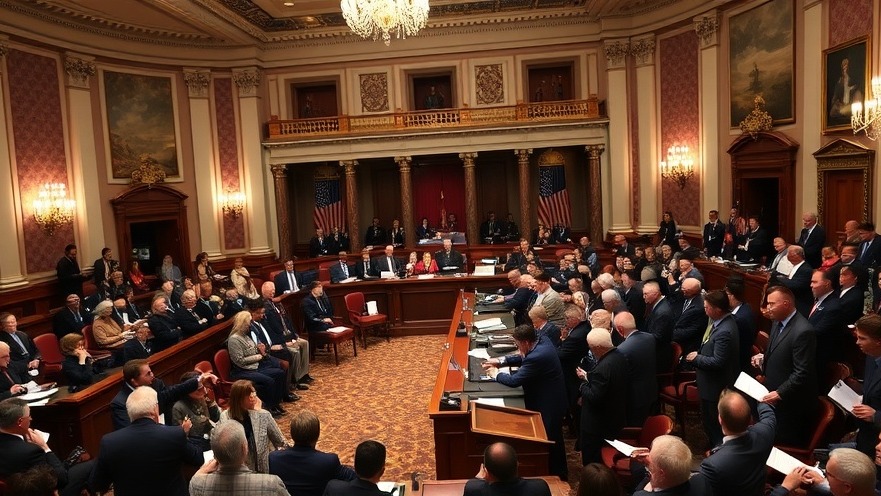
The House Votes to Fund Tax Cuts at the Expense of Seniors
In a controversial vote early this morning, the U.S. House of Representatives passed the One Big Beautiful Bill Act, a legislation that threatens to dismantle critical health care and food support systems for millions of older adults. Passing narrowly with a vote of 215-214 along strict party lines, the bill is poised to trim trillions of dollars from essential programs, including Medicaid, Medicare, the Affordable Care Act, and SNAP. The objective? To finance tax cuts for the wealthiest 10% of Americans.
Critics argue that this bill represents an unconscionable choice to abandon our nation's vulnerable seniors. Kevin Prindiville, Executive Director of Justice in Aging, stated, “The Senate must step up and reject these harmful policies. Older adults deserve leadership that prioritizes and invests in their health and well-being.” Such rhetoric underscores serious concerns about the implications this legislation could have on the lives of older Americans across the country.
Understanding the Impacts of Medicaid Cuts
This bill would create unprecedented reductions in Medicaid coverage and supports that many seniors depend on. With states required to implement new work requirements under Medicaid for adults up to 65, up to 5 million people could lose their coverage. These changes would particularly affect older adults, who are often unable to work due to health issues, place additional burdens on families and caregivers, and dismantle crucial home and community-based services (HCBS).
The Direct Ramifications for Seniors on Medicare
In tandem with Medicaid cuts, the bill also removes critical access to Medicare for long-time immigrants who have contributed to the system over decades. Providing financial assistance via Medicaid to make Medicare more affordable becomes a distant hope under such drastic financial constraints.
A Call for Collective Advocacy: The Role of Communities
As public advocates have noted, the successful passage of legislation cutting essential services for older adults hinges upon active community engagement. The recent House vote is a reminder of the significant impact that collective advocacy can have. Justice in Aging emphasized that the vote faced immense opposition, showcasing how powerful unified voices can be.
Political Climate: Looking Ahead
With the bill moving to the Senate, the next steps will be critical for the aging population of America. Activists and community leaders are encouraged to continue rallying against these detrimental policies. The outcome of this legislation could either reinforce a safety net for seniors or further marginalize those in need. The political climate surrounding this issue could serve as a catalyst for future advocacy or tough repercussions for democracy.
Key Terminology to Understand the Bill's Implications
To better grasp the ramifications of the One Big Beautiful Bill Act, it's essential to familiarize oneself with terms such as Medicaid, SNAP, HCBS, and Medicare. Understanding these systems will empower seniors and their families to advocate effectively for their healthcare needs.
Join the Fight: Advocacy for Seniors
This vote serves as a pivotal moment for seniors and their advocates across the nation. Now more than ever, it's crucial for communities to mobilize actions that promote awareness and push back against harmful legislation. Join local organizations, participate in town hall meetings, and reach out to legislators with a unified voice—seniors are counting on you.
 Add Row
Add Row  Add
Add 




Write A Comment